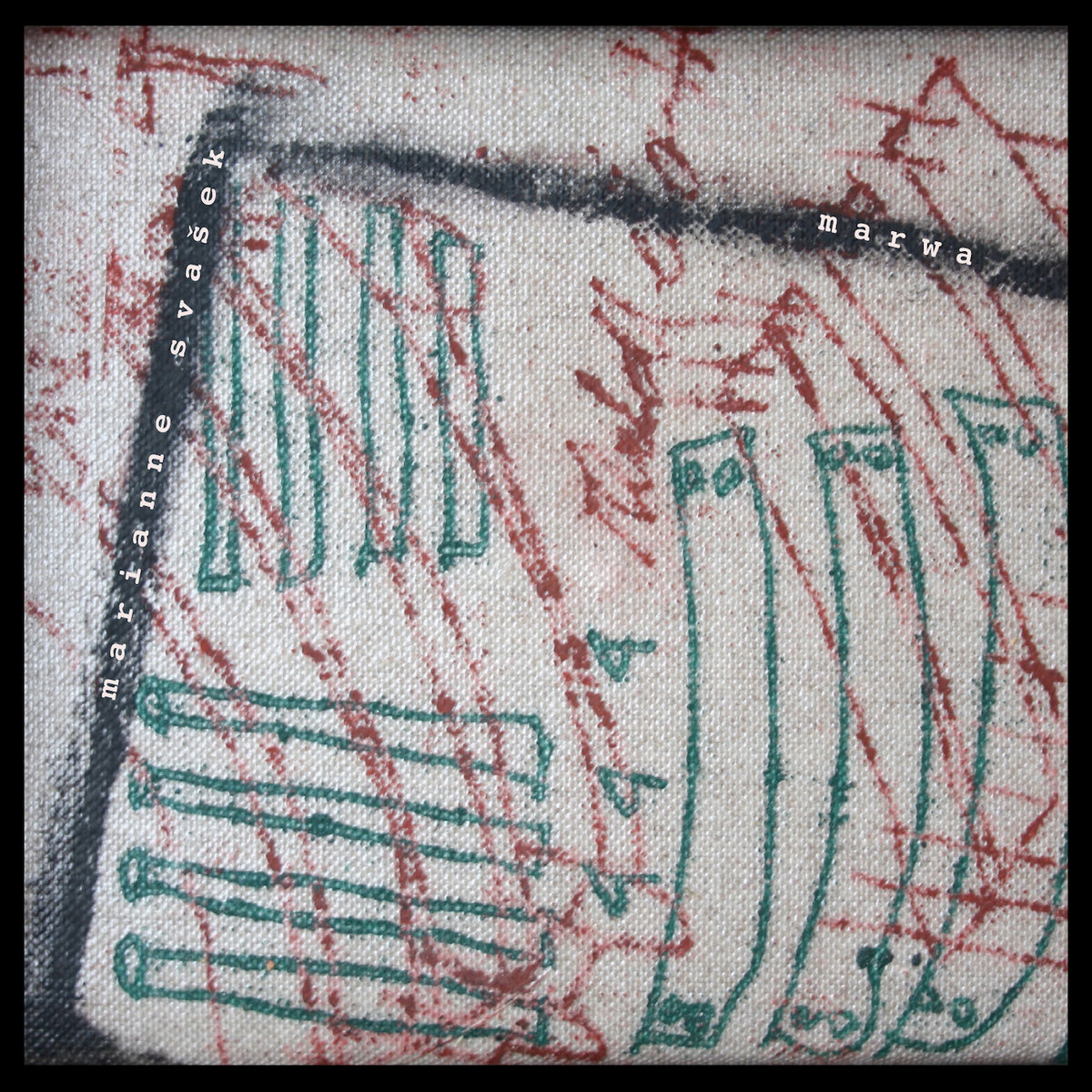In den nächten Tagen erscheint eine CD mit einer Raga-Performance der in den Niederlanden lebenden Dhrupad-Sängerin und Musikerin Marianne Svašek. Die Künstlerin ist seit den 80er Jahren im Raga-Gesang aktiv und hat bei renommierten Musikern wie Zia Mohiuddin Dagar, Uday Bhawalkar und Zia Fariduddin Dagar studiert. Das vor anderthalb Jahren in Schweden aufgenommene Album enthält einen längeren, auf den ersten Eindruck wenig veränderlichen, bei genauerem Hinhören jedoch auf subtile Weise komplexen Track, bei dem Svašeks Gesang von zwei Tanpuras unter Mitwirkung von begleitet wird. Das “Raga Marwa”, so der Titel des Stücks, gilt als Raga des Zwielichts und Sonnenuntergangs. Die CD erscheint mit Liner Notes des emeritierten Musikwissenschaftlers und Buchautors Joep Bor und ist auch zum Download erhältlich.
“In the mid-1980s five Indian music aficionados in the Netherlands decided to join forces. Two of us had spent quite a few years studying and researching music in Delhi, Mumbai and Varanasi. The other three were students of sitar player Jamaluddin Bhartiya who had settled in Amsterdam in 1972. We wondered in what way we could contribute to promoting the performing arts of India in the Netherlands. For this purpose we established a foundation (called ISTAR Netherlands) and decided to explore the possibilities for setting up a centre for Indian music and dance education. As it so happened, in the summer of 1986 suitable premises became available in an old school building in Amsterdam, squatted – in true Dutch style! – by a group of alternative artists. Run mainly by volunteers, the School of Indian Music and Dance proved to be a success. Soon after it was founded it attracted a large number of students, and one of the first ones was Marianne Svašek. Musicians such as the renowned vina player Zia Mohiuddin Dagar, sarangi maestro Ram Narayan and the khayal singer Prabha Atre visited the school, lecturing and conducting masterclasses.
During the first year of our school a friend suggested that I also contact Rotterdam Conservatory (now called Codarts Rotterdam) and offer Indian music as a new area of training. It was not hard to persuade the director John Floore. After several meetings with him I was able to go ahead and set up an Indian music programme in the fall of 1987, and once again Marianne Svašek was one of the first students who joined the course. Sometimes it is important to act fast. Within three years the small Indian music programme and the flamenco guitar programme (which was directed by Paco Penã ) evolved into a viable World Music department with a solid international reputation. In addition to taking sarangi lessons with me, and in Mumbai with Ram Narayan, Svašek had the foresight to study dhrupad singing as well. Her first teacher was Zia Mohiuddin Dagar, the first artistic director of the Indian music programme. After his unexpected death in 1990 she continued studying with his disciple Uday Bhawalkar (who taught two years in Rotterdam) and from 1994 onwards with his brother Zia Fariduddin Dagar. Svašek graduated cum laude in both dhrupad singing and sarangi from Rotterdam Conservatory where she is presently teaching. In 2014 she was awarded a gold medal at the Dhrupad Mela in Varanasi. In this recording Svašek sings a lengthy alap in the dhrupad genre in raga Marwa, accompanied only by two tanpuras, four-stringed unfretted long lutes which provide the drone. Dhrupad is the oldest and most austere vocal genre in Hindustani classical music. For many centuries it was the dominant tradition of courtly art music in northern India. The word dhrupad is derived from Dhruva (fixed) and pada (song). It refers to a specific type of vocal composition that is mostly set to a rhythmic cycle of twelve beats (called chautal).
The essence of dhrupad is an elaborate raga exposition in the form of an alap which consists of three parts: a slow (or vilambit) alap, a faster jod and an even faster jhala. Alap has no text, but one way of performing it is to use abstract syllables such as te, re, ne, ri, na, num. According to Richard Widdess, the word alapakam first appears in the Brihaddesi, an important text on music which was compiled around 800 CE, and the various procedures to develop a ragalap, free from rhythmic, metric and further constraints, were all well established by the thirteenth century. Alap improvisation was the domain of vina players. This is what the old masters told me again and again. The vina was (and is) the quintessential instrument for defining micro-intervals (shrutis), and the instrument par excellence to demonstrate the subtle melodic aspects of raga music. But it is not the notes (or pitches) and the ascending and descending scales (which are described in books on Hindustani music) that are the most important features of ragas. It is not even their characteristic melodic movements, though they are important and distinguish one raga from another. It is what happens in between and around the notes that characterizes raga music. It is also the innumerable melodic variations and patterns which Indian musicians can generate within the confines of the ragas they perform. This is what sets it apart it from western art music.” (Aus den Liner Notes von Joep Bor)
Fotos © Hampus Andersson

